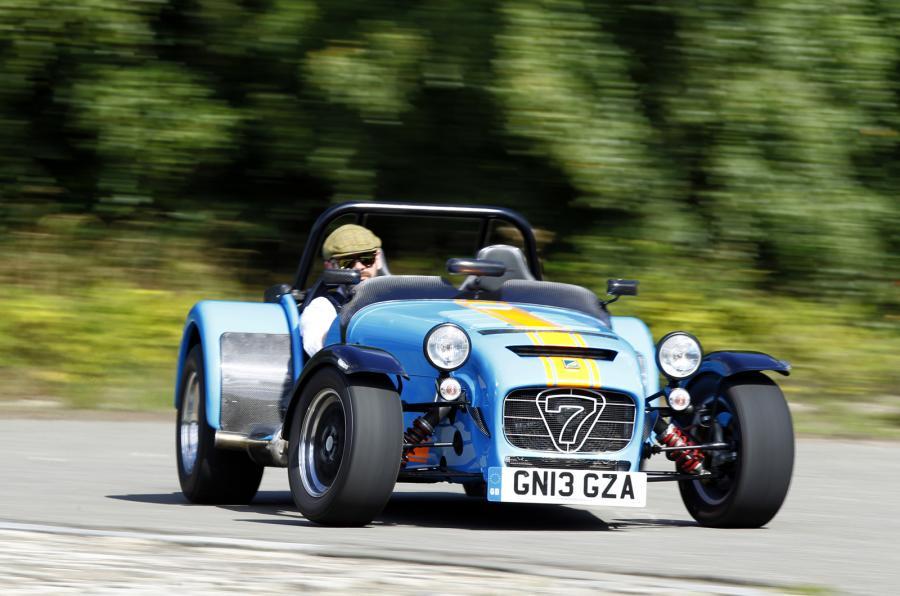Caterham CEO Graham MacDonald has told Autocar that the brand’s recent sales success has reignited his desire to produce an aluminium version of the Caterham Seven.
Following the announcement that Caterham had achieved an 8% growth in annual sales in 2017, MacDonald said that while no solid plans were currently in place, he “loved” the idea of a Seven based around a “milled aluminium chassis”.
“If you look at a Norton bike, the aluminium work on that is a piece of art,” he said. “I would love for our customers to look at a Caterham’s suspension as a piece of art as well as engineering.”
Seven models use a steel tube chassis and aluminium body panels, but MacDonald (pictured below) believes growing demand – Caterham deliveries hit a 20-year high in 2017 – has given his company the financial security to consider developing the car for the future, so long as it remains true to the Seven's 61-year heritage.
“I recognise that the automotive landscape is changing, and changing quickly,” he said. “But the Seven has been built for more than 60 years and we’ll continue to build the car with the same lightweight and effective handling as always.”

MacDonald said that a more pressing challenge for the Sussex-based car maker came with finding new powertrains that are suitable for a traditional lightweight sports car that’s as raw as the Seven.
“The Ford Sigma and Duratec engines [which Caterham uses in most of its cars] are coming to the end of their production lifetimes,” MacDonald said, “so we’re looking at various options for their replacements.”











Join the debate
Add your comment
.
Pffft.. Embrace the TURBO!
Remember.. Its not forced induction if its taken willingly.